7 Amazing Wonders of the Solar System
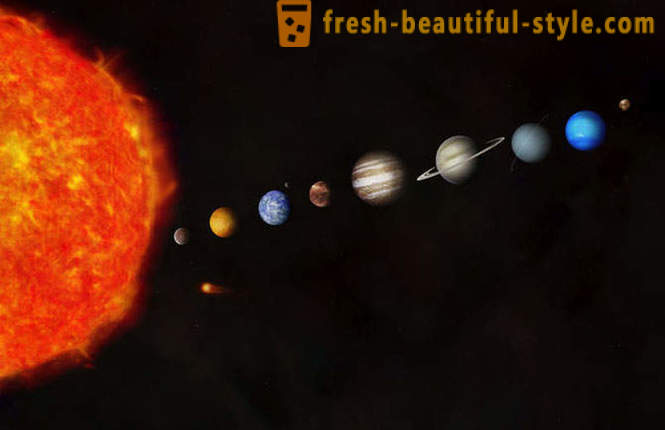
The most amazing miracle of the solar system - is, of course, the Earth, the planet which could support life. But in addition to the Earth in our system, there are many other unusual objects and phenomena, nothing like that on our planet there. We suggest that you read about the seven wonders of the solar system.
1. Liquid geysers of Enceladus
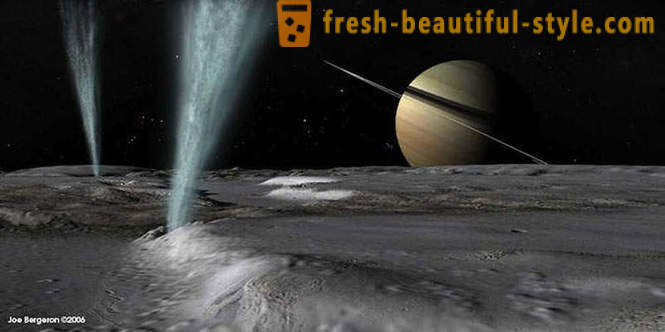
In 2009, the "Cassini" spacecraft NASA made a flight around Saturn. During the flight by one of its outer moons - Enceladus - the device was able to take a picture of something unusual. The fact that the majority of planetary satellite in the solar system in the geological sense are dead - in other words, their interiors are not happening any process. Regarding Enceladus, then its surface was able to detect giant cracks, of which the open space at a speed of 2250 km / h erupt geysers water and ice to hundred kilometers high.

Enceladus
Liquid water rises to the surface and almost immediately freezes to form ice particles and snow - a phenomenon is called cryovolcanism. It should be noted that this phenomenon occurs only at the south pole of Saturn's moon, where there are narrow fissures in the planet's crust, known as "tiger stripes." Causes of what is so different from other moons Enceladus and what processes occur in its interior, are still unknown. However, researchers believe that Enceladus must have two sources of heat, causing cryovolcanism.
One source can be radioactive elements decay and heating moon subsoil, thus helping to keep the water in liquid state. The second source may be tidal heating: Enceladus around Saturn rotates in an elliptical orbit, so it is closer to Saturn, it is removed from it. When the satellite is close to Saturn, the planet's gravitational pull is stronger tidal stretch Etselada, which leads to a friction material in the subsoil thereof and the release of energy, and this, in turn, contributes to the melting of ice in satellite and maintains water in the liquid state. The most interesting thing in this issue is how much water is contained under the surface of Enceladus - there may well be a deep ocean. Perhaps the ocean does not occupy the entire space of the bowels of the moon, it can only be in places where the geysers erupt. A liquid ocean at a sufficient temperature may well have originated living organisms.
2. Wall of Iapetus
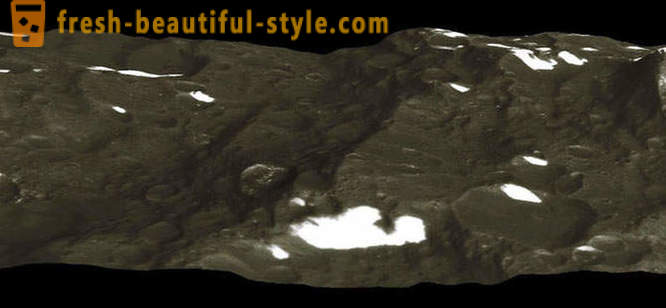
The Wall of Iapetus - a unique object, the likes of which is not present in the solar system. It is a mountain range total length of 1,300 km, herpes Iapetus at the equator and divides the satellite into two almost equal halves, making Iapetus slightly resembles a walnut. The height of the ridge is 13 km, a width - 20 km.
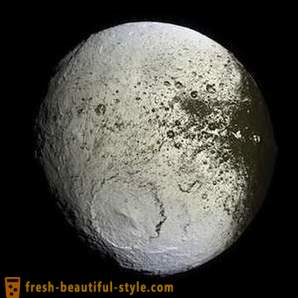
Iapetus
Of course, the reasons for the origin of the ridge known. There are many hypotheses, one of them is that Iapetus was before the so-called 'double moon "- himself a satellite of Saturn, Iapetus could have its own satellite, orbiting around it in a circular orbit. Gradually this facility attracted to Iapetus under the influence of its gravity, then the gravitational forces tore apart the object, turning it into a ring, which is then dropped onto the surface of Iapetus, forming a mountain range.
Another hypothesis explains the emergence Walls tectonic processes, taking place once the satellite. For example, Iapetus originally did not have a spherical shape, but for some reason, the speed of its rotation slowed down, and as a result he became the area. Satellite area decreased, and the remaining material has accumulated at the equator, forming mountains.
The third hypothesis is linked to the "two-faced" Iapetus. The fact that the surface of Iapetus - is heterogeneous: the images captured by "Cassini", it is clear that Iapetus almost along a meridian "split" into two halves - the light and the dark. The boundaries of these areas are very sharp, they do not pass smoothly into one another. previously probably Iapetus was icy satellites, which explains part of its light side and a dark side - a dark cosmic dust settling on its leading hemisphere. Researchers believe that the emergence of the wall can be somehow connected with the non-uniform color of Iapetus.
3. The volcanoes of Io
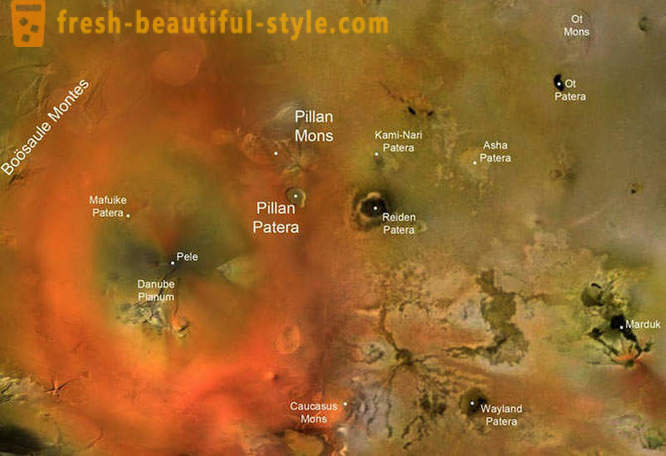
Jupiter's moon Io - the most geologically active object of the Solar System: Io's surface is more than 400 active volcanoes are constantly spewing from the depths of the moon lava flows. In some cases ejaculated incandescent fountains of sulfur and sulfur dioxide is raised to a height of 500 km from the release point, and lava flows on surface Io reach 500 km in length.
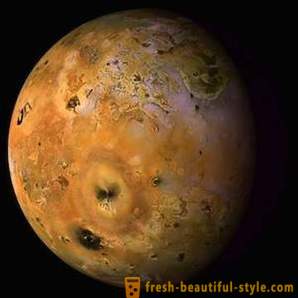
Io
Due to the constant eruptions, Io is very beautiful - its surface is painted in various shades of yellow, white, red, black and green. Furthermore, the magma may escape from the interior not only by volcanoes, but simply flow out of numerous cracks in the moon's crust.
Probably, this volcanic activity due to periodic heating of Io bowels associated with exposure to the gravitational forces of Jupiter and two other large satellites of giant planets - Europa and Ganymede, as well as the fact that under the surface of Io's magma ocean is a giant of a few tens of kilometers deep.
4. The rings of Saturn
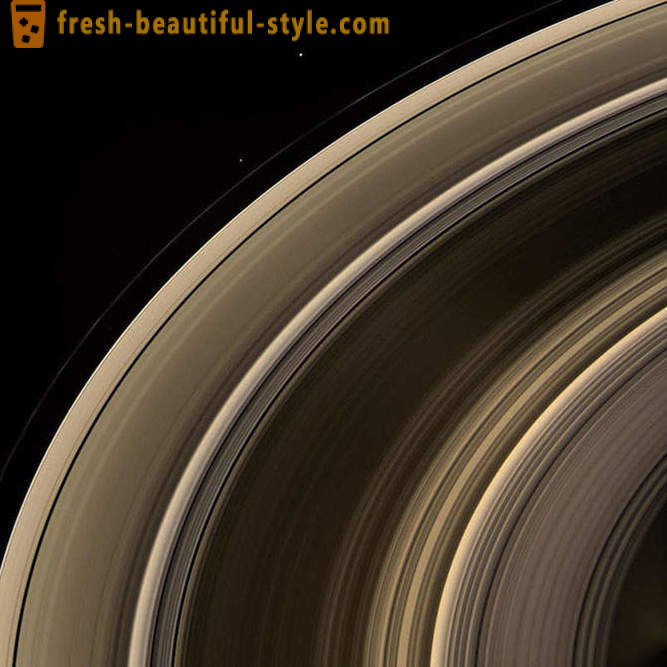
Rings, named in alphabetical order (A to E), - one of the most beautiful phenomena in the solar system. Probe "Cassini" during its research mission was able to make the shoot close up of Saturn's rings, which helped to know what it consists of rings and what's inside them. It is believed that in addition to the seven major, distinct rings, there are thousands of smaller rings that consist of ice and dust, the water in which about 26 million times greater than on Earth.
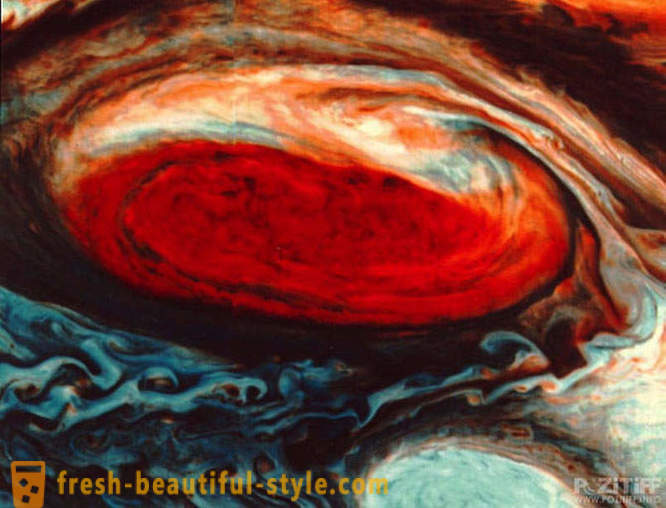
Saturn
Researchers still do not know how Saturn's rings were formed. Perhaps they are made of a material that once could not be formed on the moon because of the effect of gravitational fields of the giant planet. Or, perhaps, the ring used to be the moon, too close to Saturn and disintegrated because of tidal gravitational forces of the planets. There is even a theory that the rings - are the remnants of comets, podletevshey to Saturn too close and break the influence of gravity. In addition, pictures taken, "Cassini" in the year 2009 showed that the rings were previously considered hard and flat, contain the "ridges" in height from two meters to five kilometers. Researchers believe that these irregularities have arisen due to the fact that the right inside the rings around Saturn rotates up of 62 small moons that are actually moving through the rings, generate particle displacement as orbit moons do not quite match up with the orbit of the rings themselves. In ring A, e.g., the farthest from Saturn moon Daphnis caused the occurrence of the vertical peak whose height is greater than four kilometers.
5. The Great Red Spot on Jupiter

The Great Red Spot on Jupiter - a huge storm raging on the giant planet. This storm in size three times larger than the Earth. Causes, scientists do not know exactly - the spot was always there, since the beginning of observations of the planet. Its astronomers observed more in the second half of XVII-th century, but perhaps it originated much earlier.

Jupiter
Ancient century hurricane already raging on Jupiter at a breakneck pace - a giant crater rises nearly eight kilometers above the planet's cloud cover. wind speed in a large red spot is 640 km / h. Most tropical storms in the southern hemisphere of the Earth to spin in a clockwise direction following the rotation of the planet, Jupiter is the Great Red Spot, is also located in the southern hemisphere, is twisted counterclockwise due to high pressure.
Recently telescope "Hubble" photographed on Jupiter three smaller storms - scientists call them white spots due to their color. During the three years of observation spots merged together to form one hurricane the size of Earth. Then, about a week storm abruptly changed color - from white became bright red, so called Little Red Spot. The causes of the phenomenon are still a mystery, but perhaps, the Great Red Spot emerged centuries ago in a similar manner. Astronomers suggest that before it, too, was white, but with an increase in wind speed start "sucking" particles of matter from the surface of the planet and throw them into the atmosphere of Jupiter. One of the compounds in red spots can be sulfur species. The red color can also be explained by the presence of substances that come into reaction with sunlight and hurricanes imparting a color.
Over the past decade, with the Great Red Spot has been some changes: It is rapidly shrinks and becomes rounder, so maybe someday it will completely disappear.
6. The asteroid belt
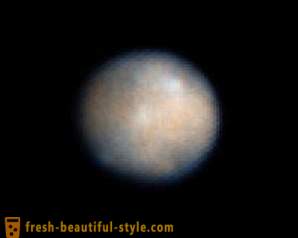
On the asteroid belt occurs almost nothing is known. Perhaps, the fragments left after the formation of the solar system. For a long time researchers have thought that the asteroid belt in place before she could be a planet, under the influence of some processes has ceased to exist, and the belt - all that was left of it. Now scientists realize that the planet could not have formed there - because of the gravitational attraction of Jupiter and the other planets in the matter had not been able to come to the planet.
The length of the asteroid belt - a few hundred kilometers, the diameter of some of the stones - not more than a few meters, while other major cities. In this zone there are probably millions of objects, however, if it were possible to combine them all into one, it would have been smaller than our Moon.
Ironically, if the spacecraft ever fly through the asteroid belt, the astronauts do not see them flying at a furious pace stones and distant points of light, as the average distance between most of the asteroids in the belt is much larger than their actual size. The average distance between two objects may exceed one and a half million km.
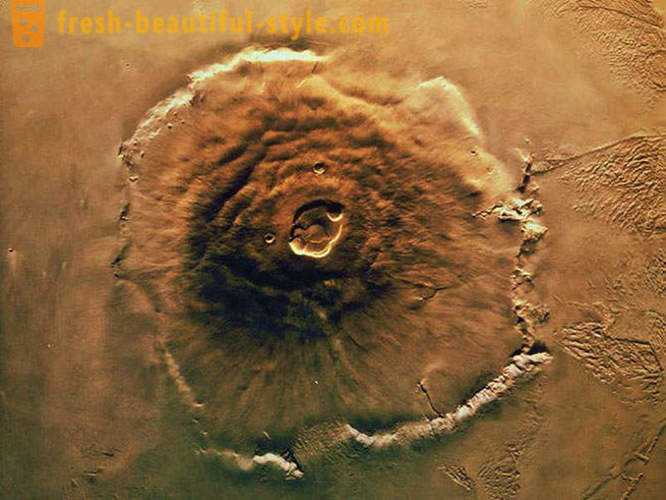
Ceres
Almost all the asteroids have an irregular shape, but among them there are almost perfectly round ball - Ceres, the largest asteroid in the solar system with a diameter of 950 km. Ceres weight is almost a quarter of the total mass of all asteroids in the belt. Because of its spherical shape of Ceres is listed as a dwarf planet, which also includes, for example, Pluto. Asteroids are a potential threat to life on our planet: if one of them ever fall back to Earth, it will cause large-scale destruction, but only in the event that an asteroid would be large enough.
April 14, 2010, the year of the Midwest in the United States swept the flaming asteroid 90 cm in diameter. Fortunately, the object is broken up into tiny pieces before it crashed into the Earth. But in the past due to asteroid impacts on Earth there is a huge crater, which can still be seen in the United States, Australia, Canada. It is also believed that it was due to the fall of an asteroid killed the dinosaurs - if the object of 10 km in diameter fell on our planet at the site of modern Mexico.
7. The volcano Olympus on Mars

The width of the base of Mount Olympus - 540 km, so even though the striking height - 20 km - its slopes are very sloping. Olympus is located in the Tharsis - Mars region, where there are other large volcanoes. If you climb to the summit of Mount Olympus, you can be in the upper layers of the Martian atmosphere.
Mars
Olympus gradually emerged billions of years ago - one eruption led to another, and more and more lava froze on top of each other. Olympus has become the largest of any mountain in the world for several reasons: because of the strong volcanic activity and the fact that the force of gravity on Mars is much weaker than that of our planet, so, growing up, the mountain is not "settled" under its own weight. In addition, on Mars, unlike Earth, no plate tectonics: a hot crater, from which lava erupted, all the while staying in one place, which allowed material to accumulate.
It is believed that now on Mars, no geological activity, but recently have been obtained detailed pictures of the lava flows of the Red Planet. Some streams more than 115-year-million years, but others - only two million years, which may be called the recent developments on the geological time scale, and it suggests that some volcanic activity on Mars is still there to this day. And on the slopes of Mount Olympus in the lava flows are very few craters - this means that it flows a maximum of 20 million years.













































